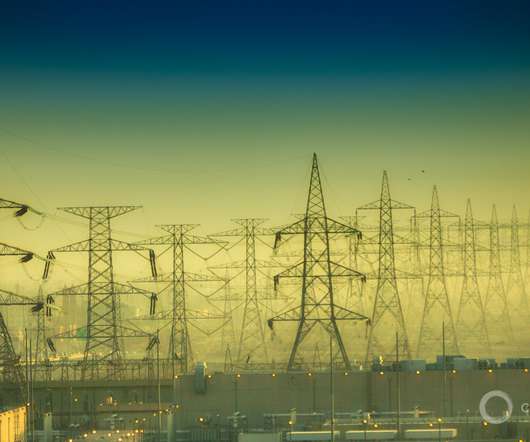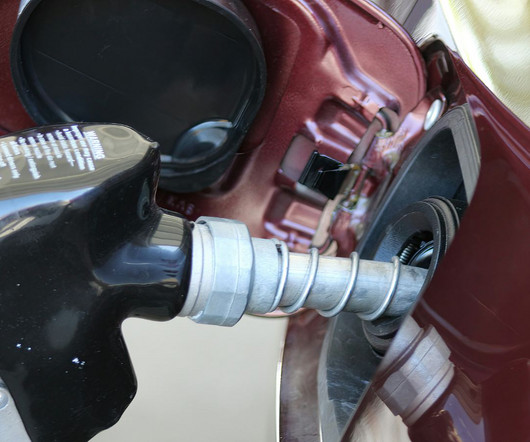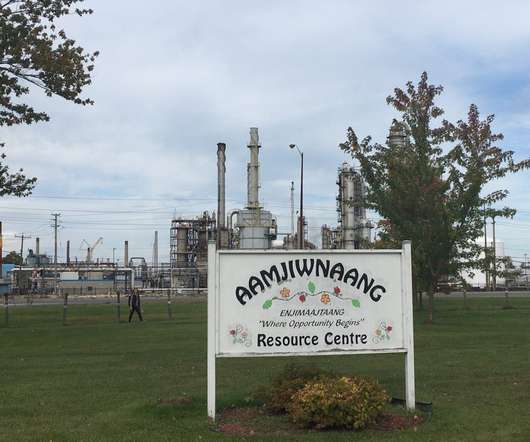In Climate Talks, Plans to Keep Planet from Overheating Should Not Ignore Water
Circle of Blue
SEPTEMBER 22, 2021
Carbon-reduction plans, if not well designed, can worsen water scarcity and pollution. Plans to reduce carbon emissions should take water into account. Some low-carbon energy options require significant amounts of water. Carbon-capture facilities could be sited in areas without water stress.


















Let's personalize your content